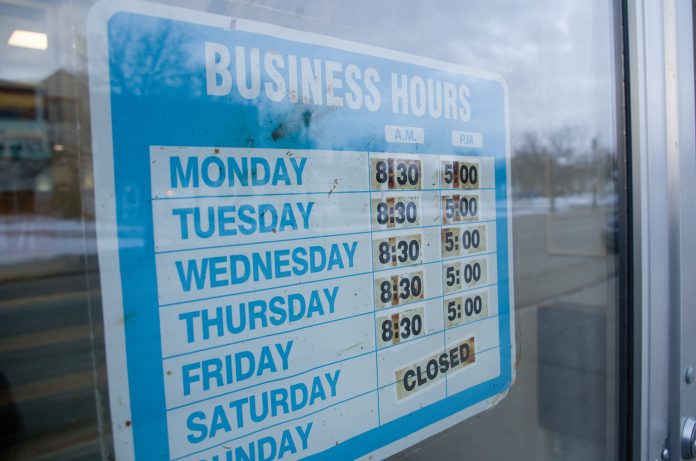The number of Prince Albertans involved in the labour market has increased by nearly five percentage points since December 2017, the latest data from Statistics Canada shows.
The monthly labour force statistics for December 2018 were released Friday. The local data details statistics unadjusted for seasonal factors, making it difficult to determine labour force changes from month-to-month. Annual comparisons, though, are possible with the data.
According to Statistics Canada, the number of people involved in the labour force has increased by 1,600 people since December 2017, with the participation rate rising from 64.8 per cent to 69.3 per cent.
A participant in the labour force is someone who is either working or unemployed. To be considered unemployed, someone has to be actively looking for work.
An estimated 1,300 more people are employed in Prince Albert year-over-year. However, with more people looking for work than there were last year, the unemployment rate has actually risen slightly, going from 8.6 per cent in December 2017 to 8.9 per cent in December 2018. The employment rate has also risen, changing from 59.5 per cent to 63.2 per cent.
Nationally, employment increased by 163,000, or 0.9 per cent in 2018, Statistics Canada said. The pace of growth was slower compared with 2017 (2.3 per cent) and 2016 (1.2 per cent). Still, over the course of the year, Canada’s unemployment rate fell by 0.2 percentage points to 5.6 per cent, the lowest rate since data became available in 1976.
Full-time employment continued on an upward trend over the last 12 months, growing by 185,000, or 12. Per cent, while part-time employment changed very little.
That growth in full-time work was seen in Saskatchewan.
Statistics Canada says the province’s employment rose by 11,000, or 1.9 per cent, in 2018, entirely in full-time work. The unemployment rate fell 0.9 per cent to match the national rate of 5.6 per cent. Gains were seen in several industries, led by agriculture. Educational services, health care and social assistance job numbers also saw increases.
Full-time employment was also up in Alberta and Manitoba. Employment in New Brunswick fell by 1.4 per cent.
Saskatchewan’s employment growth was the second-highest in the nation, a point of pride for the provincial government.
“For the fifth month in a row Saskatchewan has seen strong job gains,” Immigration and Career Training Minister Jeremy Harrison said in a press release.
“Our economy continues to see steady growth despite the economic headwinds that we are currently facing. It is encouraging to see significant job growth in full-time employment. We will continue to stand up for our province’s economy and resource sector as we head into 2019.”


